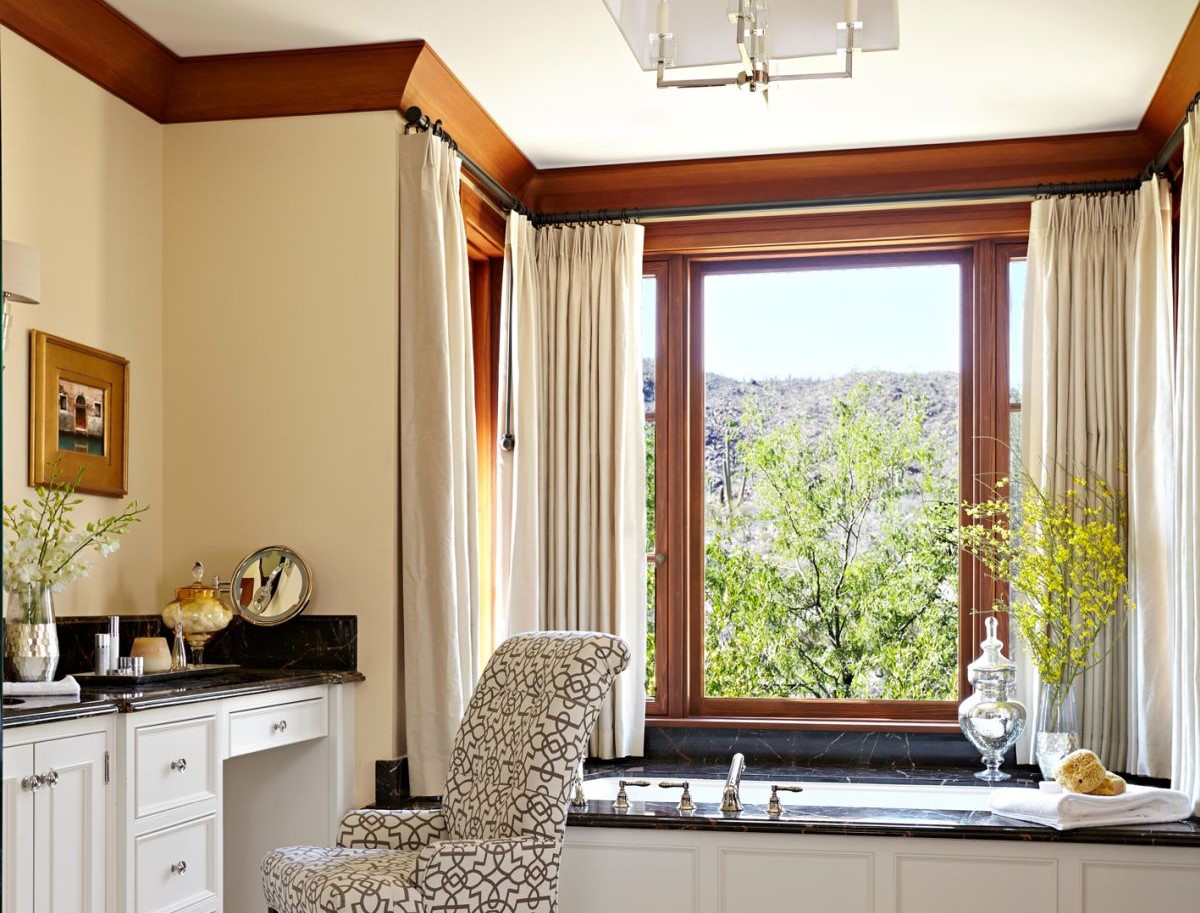

Articles
When To Use Short Curtains
Modified: May 6, 2024
Discover when it's ideal to use short curtains in your home decor with our informative articles.
(Many of the links in this article redirect to a specific reviewed product. Your purchase of these products through affiliate links helps to generate commission for Storables.com, at no extra cost. Learn more)
Introduction
Choosing the right curtains for your home can make a significant difference in the overall aesthetics and functionality of a room. While long, floor-length curtains are often the go-to choice, there are situations where short curtains can be a better alternative. Short curtains, also known as cafe curtains or tier curtains, are typically window coverings that only cover a portion of the window, usually from the top to the bottom of the window frame.
Short curtains have gained popularity in recent years due to their unique charm and versatility. They offer a more casual and relaxed look, and can add a touch of whimsy to any space. Furthermore, they can provide various functional benefits, such as allowing more natural light to enter a room, enhancing privacy while still maintaining a view, and creating a visually pleasing layering effect when combined with other window treatments.
In this article, we will explore the benefits of short curtains, the situations where they are most suitable, the rooms where they work best, and some design tips for using them effectively. Whether you are looking to update your window treatments or simply curious about incorporating short curtains into your home decor, this article will provide you with the information you need to make an informed decision.
So, let’s dive in and discover the world of short curtains, their advantages, and how they can transform your living spaces into cozy and stylish retreats.
Key Takeaways:
- Short curtains offer enhanced natural light, privacy with a view, and air circulation. They work best in small windows, kitchens, bathrooms, and children’s rooms, adding charm and functionality to any space.
- When using short curtains, consider length and proportion, layering, pattern and color coordination, hardware selection, fabric choice, and creating contrast. Short curtains can be a versatile and stylish addition to any room, enhancing its overall aesthetic.
Read more: What To Do When Curtains Are Too Short
Definition of Short Curtains
Short curtains, also known as cafe curtains or tier curtains, are window coverings that are designed to cover only a portion of the window. Unlike long, floor-length curtains that stretch from the top of the window to the floor, short curtains typically hang from the top of the window frame down to a specific point, such as the middle or bottom of the window.
Short curtains come in a variety of styles, including tiered curtains and cafe curtains. Tiered curtains consist of multiple layers or tiers of fabric that cover different sections of the window. They are often hung on a tension rod or a traditional curtain rod and can be adjusted to cover just the lower portion of the window or the entire window, depending on your preference.
Cafe curtains, on the other hand, are typically shorter in length and cover only the lower portion of the window. They are commonly used in kitchens or dining areas to allow natural light to enter while maintaining privacy. Cafe curtains can be hung using a tension rod or a decorative curtain rod, and they are usually accompanied by a valance or a top treatment to add a decorative touch.
Short curtains are available in various materials, patterns, and colors, allowing you to find the perfect option to complement your home decor. Whether you prefer a classic, traditional look or a more modern and eclectic style, there are short curtain options to suit every taste.
It’s important to note that the specific length of short curtains can vary depending on personal preference and the desired look. Some people may prefer curtains that reach to the middle of the window, while others may opt for curtains that just cover the bottom portion. Ultimately, the choice of length will depend on the style and functionality you wish to achieve in your space.
Now that we understand what short curtains are and the different styles they come in, let’s explore the benefits of using them in your home.
Benefits of Short Curtains
Short curtains offer several advantages that make them a popular choice for many homeowners. Here are some of the key benefits of using short curtains in your home:
- Enhanced natural light: Short curtains allow more natural light to enter a room compared to long curtains. By covering only a portion of the window, short curtains maximize the amount of sunlight that can filter into the space. This creates a brighter and more cheerful atmosphere, while still providing some level of privacy.
- Privacy with a view: Short curtains offer a unique balance between privacy and maintaining a connection to the outside world. They cover the lower portion of the window, ensuring privacy from passersby or neighbors, while leaving the upper portion of the window open. This allows you to enjoy the view outside and still benefit from natural light.
- Air circulation: Short curtains can improve air circulation in a room, especially when used in conjunction with open windows. With the lower portion of the window covered, air can flow freely into the space while maintaining some level of privacy. This is particularly beneficial in areas like kitchens and bathrooms, where ventilation is important.
- Visual interest and layering: Short curtains, when combined with other window treatments, can create an aesthetically pleasing layering effect. For example, you can pair short curtains with blinds, shades, or sheer curtains to add depth and visual interest to your windows. This layering technique adds texture and dimension to the room’s overall design.
- Flexible style: Short curtains come in a wide range of styles, patterns, and fabrics, allowing for endless possibilities when it comes to incorporating them into your home decor. Whether you prefer a casual, rustic look or a more sleek and contemporary style, short curtains can be easily customized to suit your aesthetic preferences.
These are just a few of the benefits that short curtains can bring to your home. Their unique charm, versatility, and ability to enhance natural light and privacy make them a practical and stylish choice for any room.
Next, let’s explore when short curtains are most suitable and the rooms where they work best.
When Short Curtains are Suitable
Short curtains can be a suitable choice for various situations and room settings. Here are some scenarios where short curtains are particularly effective:
- Small windows: Short curtains are ideal for smaller windows, as they help to maintain proportion and scale. While long curtains may overwhelm a small window, short curtains provide a balanced and visually pleasing look, allowing the window to remain a focal point without overpowering the space.
- Kitchens and dining areas: Short curtains are commonly used in kitchens and dining areas, where natural light and privacy are paramount. They allow ample sunlight to enter the room, creating a bright and welcoming atmosphere. Additionally, short curtains in these areas can offer privacy without obstructing views, making them a practical choice for rooms where functionality and aesthetics merge.
- Bathrooms: Bathrooms often require a mix of privacy and natural light. Short curtains can be used to cover the lower portion of bathroom windows, ensuring privacy while still allowing sunlight to fill the space. They can also add a touch of style and softness to a bathroom’s decor.
- Children’s rooms: Short curtains are a popular choice for children’s rooms due to their playful and whimsical nature. They can be easily customized with fun patterns, vibrant colors, or themed designs, creating a lively and cheerful environment for kids. The shorter length also makes them safer for children, as there is less risk of entanglement or tripping.
- Basements and utility rooms: Short curtains can be a practical option for basements and utility rooms where natural light may be limited. By covering only a portion of the window, short curtains allow light to filter into the space while still affording some privacy.
While these are just a few examples, short curtains can be suitable for any room where you desire a more casual, relaxed, or unobstructed view. The versatility of short curtains enables them to adapt to various design styles and room sizes.
Next, let’s explore the specific rooms where short curtains work best and the design considerations you should keep in mind when incorporating them.
Short curtains are best used in rooms with low ceilings or small windows. They can also be used in spaces where you want to maintain a minimalist or modern look. Avoid using short curtains in rooms with high ceilings or large windows.
Rooms Where Short Curtains Work Best
Short curtains can work well in a variety of rooms, adding a touch of charm and functionality. Here are some of the rooms where short curtains are particularly suited:
- Kitchens: Short curtains are a popular choice for kitchens, as they allow natural light to flood the space while maintaining privacy. They can be paired with a valance or a top treatment to create a stylish and cohesive look. Additionally, the versatility of short curtains allows you to easily adjust their length to accommodate the height of countertops or sink windows.
- Dining rooms: Short curtains can add a touch of elegance to dining rooms, especially when paired with sheer curtains or lace panels. They can be used to frame the windows and accentuate the room’s focal points, such as a dining table or a statement chandelier. Short curtains in dining rooms offer a balance between privacy and showcasing the outside view.
- Bedrooms: Short curtains can create a cozy and intimate atmosphere in bedrooms. They are especially suitable for rooms that receive a lot of natural light during the day, as they can help to filter out excess sunlight without completely blocking it. Short curtains in bedrooms can be selected in colors and patterns that complement the overall theme and decor of the space.
- Bathrooms: Bathrooms often require privacy while still allowing natural light to enter. Short curtains can be used in bathrooms to cover the lower portion of windows, offering both privacy and a softening effect. They can be chosen in water-resistant materials or treated with waterproof coatings to withstand the humid environment of bathrooms.
- Home offices: Short curtains can be beneficial in home office spaces where privacy is important while still allowing some light to enter. They can provide a sense of separation from the rest of the house without completely blocking off the outside world. Short curtains in home offices can be coordinated with the overall decor and chosen in colors that promote focus and productivity.
It’s important to consider the specific needs and design aesthetic of each room when deciding whether to use short curtains. The right choice can greatly enhance the functionality and overall look of the space.
Next, let’s explore some design tips for using short curtains effectively to achieve the desired visual impact.
Read also: 9 Superior Short Curtains for 2024
Design Tips for Using Short Curtains
When incorporating short curtains into your home decor, there are several design tips to keep in mind to achieve the desired visual impact. Here are some recommendations to help you make the most of your short curtains:
- Length and proportion: Consider the length of your short curtains in relation to the window and the overall height of the room. As a general rule, short curtains should cover at least half of the window but not extend beyond two-thirds of its height. This ensures a balanced and proportionate look.
- Layering: Short curtains can be layered with other window treatments, such as blinds, shades, or sheer curtains, to add depth and texture. This combination not only enhances the visual appeal but also provides better light control and privacy options. Experiment with different materials and patterns to create an interesting layered effect.
- Pattern and color coordination: Choose patterns and colors that complement the overall theme and decor of the room. Consider the existing color palette and furniture, and select short curtains that either blend in seamlessly or act as a bold accent. Cohesive coordination creates a harmonious and visually appealing space.
- Hardware selection: Pay attention to the hardware used to hang your short curtains. Opt for curtain rods, tension rods, or decorative hooks that match the style of the curtains and the overall aesthetic of the room. The right hardware can enhance the overall look and ensure smooth operation when opening or closing the curtains.
- Fabric choice: Consider the function of the room and choose fabrics that suit the specific needs. For example, in a kitchen, opt for fabrics that are easy to clean and maintain. In a bedroom, choose fabrics that offer light blocking capabilities for better sleep quality. Additionally, consider the texture and weight of the fabric to achieve the desired drape and flow.
- Contrast and visual interest: Use short curtains to create contrast and visual interest in the room. If the walls or furniture are neutral, consider selecting short curtains in a bold or vibrant color to make a statement. Conversely, if the room is already vibrant and colorful, opt for more subtle or neutral short curtains to provide balance.
Remember, the design choices for incorporating short curtains ultimately depend on your personal style, the room’s function, and the overall aesthetic you wish to achieve. Play around with different options, and don’t be afraid to experiment until you find the perfect combination that suits your taste and enhances the ambiance of your living space.
Now, let’s explore some alternative options to short curtains for those who may prefer different window treatments.
Alternatives to Short Curtains
While short curtains can be a fantastic choice for certain rooms and design preferences, there are also alternative window treatment options that you may consider. Here are some alternatives to short curtains:
- Long curtains: If you prefer a more traditional and formal look, long curtains may be the way to go. Floor-length curtains create an elegant and sophisticated atmosphere in any room. They can be hung to the floor or slightly puddled for a luxurious effect. Long curtains work well in living rooms, dining rooms, and bedrooms.
- Roman shades: Roman shades offer a clean and tailored look. They are made of fabric and feature horizontal folds that stack up evenly when the shades are raised. Roman shades are versatile and can be customized with various fabrics, colors, and patterns to suit any room. They work well in kitchens, bathrooms, and bedrooms where a sleek and contemporary aesthetic is desired.
- Blinds: Blinds, such as Venetian or vertical blinds, are a popular alternative to curtains. They offer excellent light control and privacy options. Blinds are available in a variety of materials, including wood, faux wood, and aluminum. They are a practical choice for offices, living rooms, and bedrooms where functionality and versatility are key considerations.
- Shutters: Shutters provide a timeless and classic look to any space. Available in various materials, such as wood or vinyl, shutters offer both style and practicality. They can be adjusted to allow light to filter in while providing privacy and insulation. Shutters are commonly used in living rooms, kitchens, and bedrooms.
- Sheer curtains: Sheer curtains are lightweight and translucent, allowing ample natural light to enter while providing a soft and airy feel. They offer a touch of elegance and can be used alone or paired with other window treatments. Sheer curtains work well in living rooms, dining rooms, and bedrooms where a light and ethereal ambiance is desired.
Each alternative has its own unique characteristics and advantages, so it’s important to consider your preferences, the function of the room, and the overall aesthetic you wish to achieve when choosing the right window treatment.
Now that we have explored the different alternatives to short curtains, let’s recap the key points and conclude our discussion.
Conclusion
Short curtains, also known as cafe curtains or tier curtains, offer a unique and charming window treatment option for your home. They bring a sense of casual elegance and versatility to any space, providing a range of benefits such as enhanced natural light, privacy with a view, improved air circulation, and visual interest through layering.
Short curtains are suitable for a variety of rooms, including kitchens, dining areas, bathrooms, bedrooms, and home offices. They work particularly well in small windows, where they maintain proportion and scale, and can bring a touch of playfulness to children’s rooms. The design possibilities are limitless, with various patterns, colors, and fabrics to complement any decor style.
When using short curtains, it’s important to consider their length and proportion, experiment with layering techniques, coordinate patterns and colors with the room’s overall theme, carefully select appropriate hardware, and choose fabrics that suit the specific needs of each room. These design considerations will help you achieve the desired visual impact and create a harmonious and stylish space.
If short curtains are not your preferred choice, there are alternative window treatment options available. Long curtains offer a formal and elegant look, while Roman shades provide a neat and tailored appearance. Blinds and shutters offer versatile light control and privacy options, and sheer curtains create a light and airy ambiance.
In the end, the choice of window treatment depends on your personal style, the function of the room, and the overall aesthetic you desire to achieve. Whether you opt for short curtains or explore alternative options, it’s important to select a window treatment that enhances the beauty and functionality of your home.
We hope this article has provided you with valuable insights into the world of short curtains and alternative window treatments. By considering the benefits, suitability, design tips, and alternatives, you can make an informed decision and transform your living spaces into inviting and visually appealing retreats.
Excited to spruce up your space with more curtain inspiration or even step outside to beautify your garden boundaries? Dive into our collection of short drapes that are perfect for any room needing a fresh look in 2024. If you're eager to transform your fence into a stunning visual boundary, don't miss our creative decorating ideas using plants, paint, and lighting. For those looking to revamp every room, our expansive guide on curtain styles offers 30 dynamic designs and practical tips to enhance your home's aesthetics effortlessly.
Frequently Asked Questions about When To Use Short Curtains
Was this page helpful?
At Storables.com, we guarantee accurate and reliable information. Our content, validated by Expert Board Contributors, is crafted following stringent Editorial Policies. We're committed to providing you with well-researched, expert-backed insights for all your informational needs.
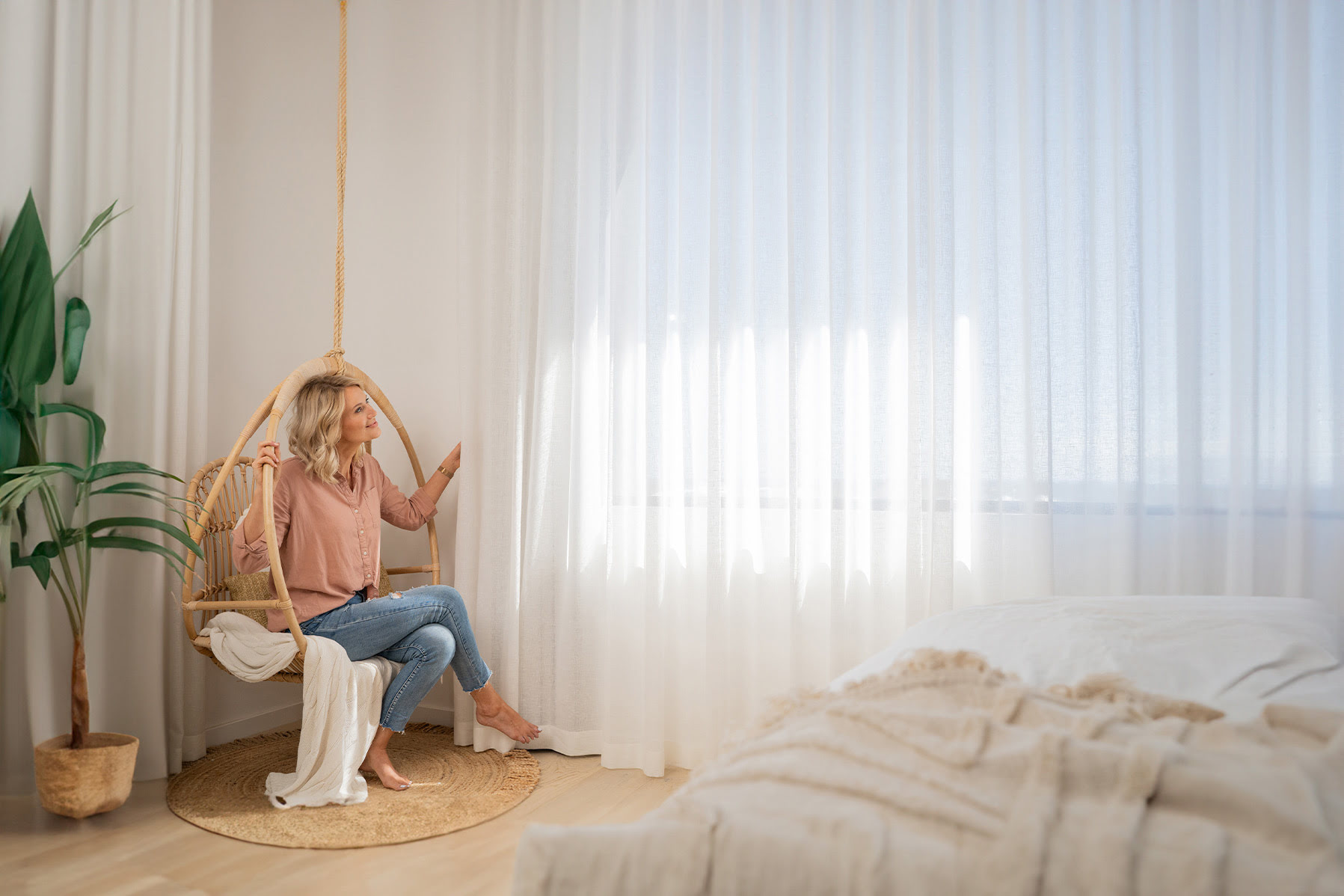
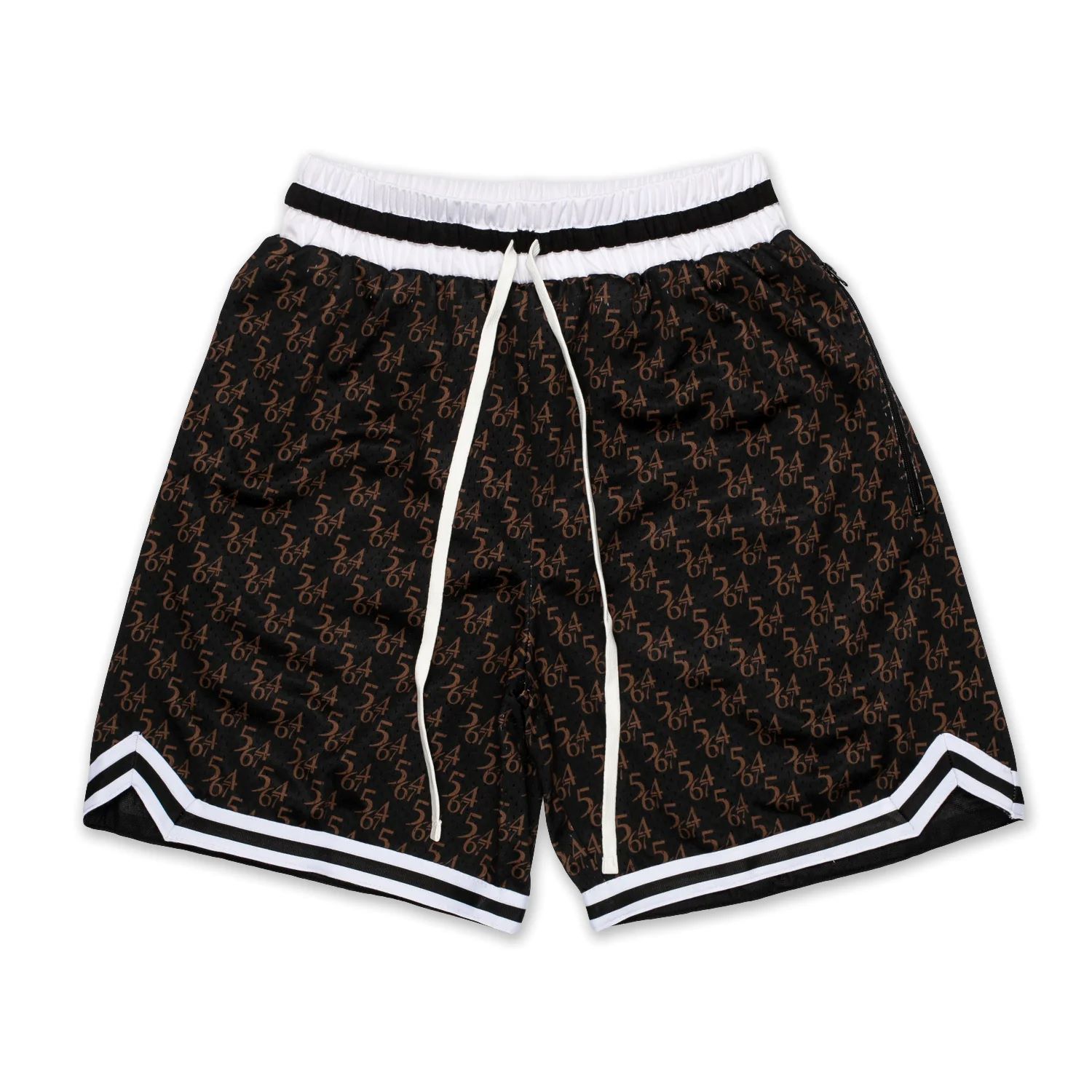
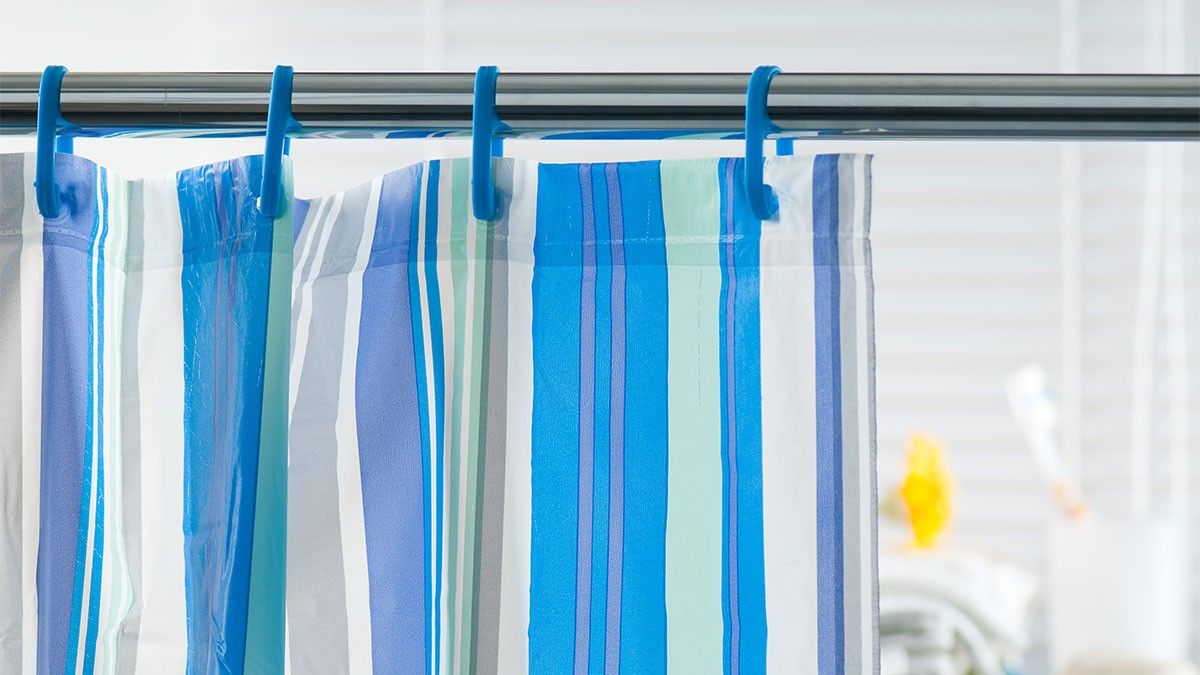

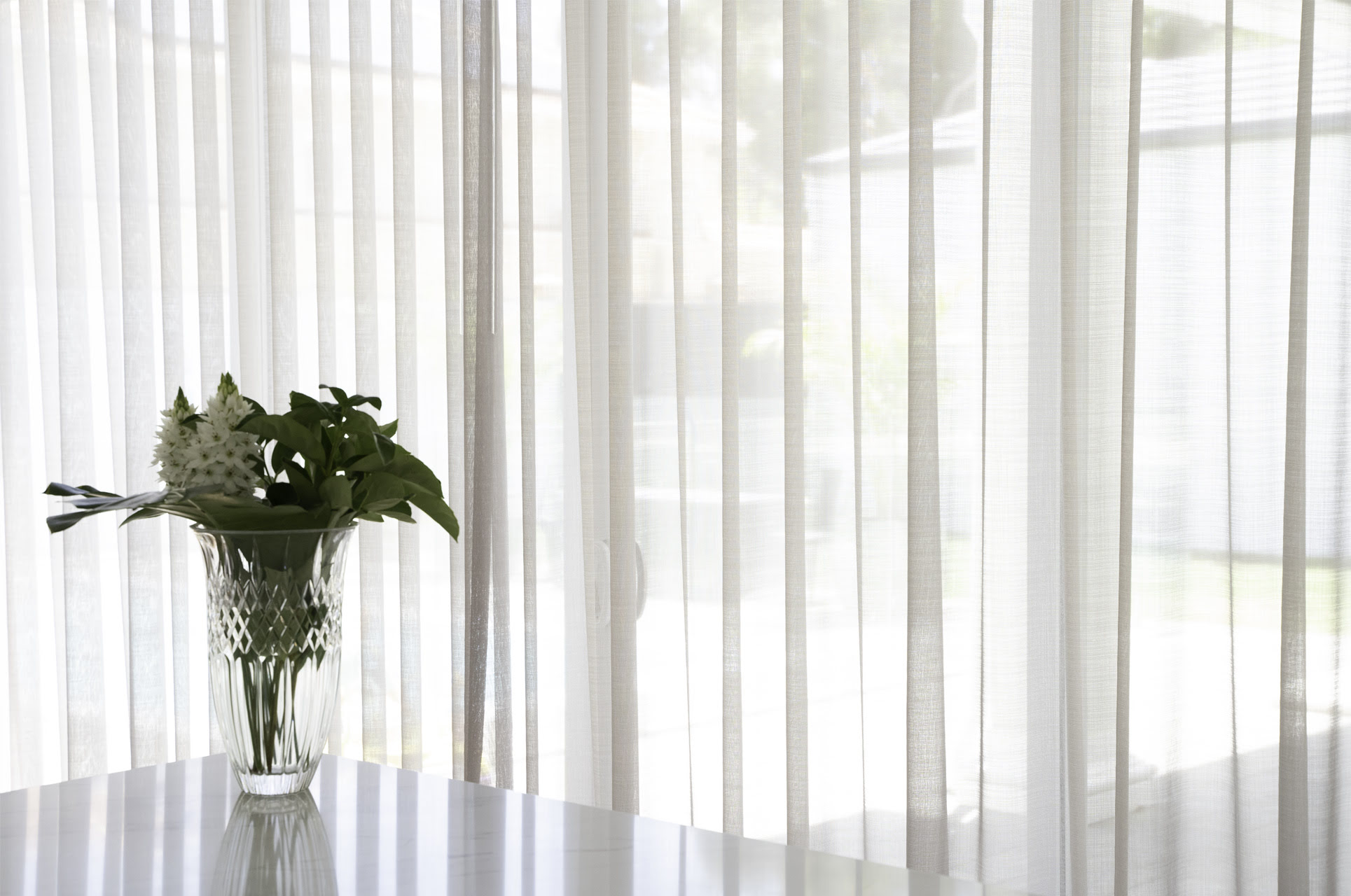
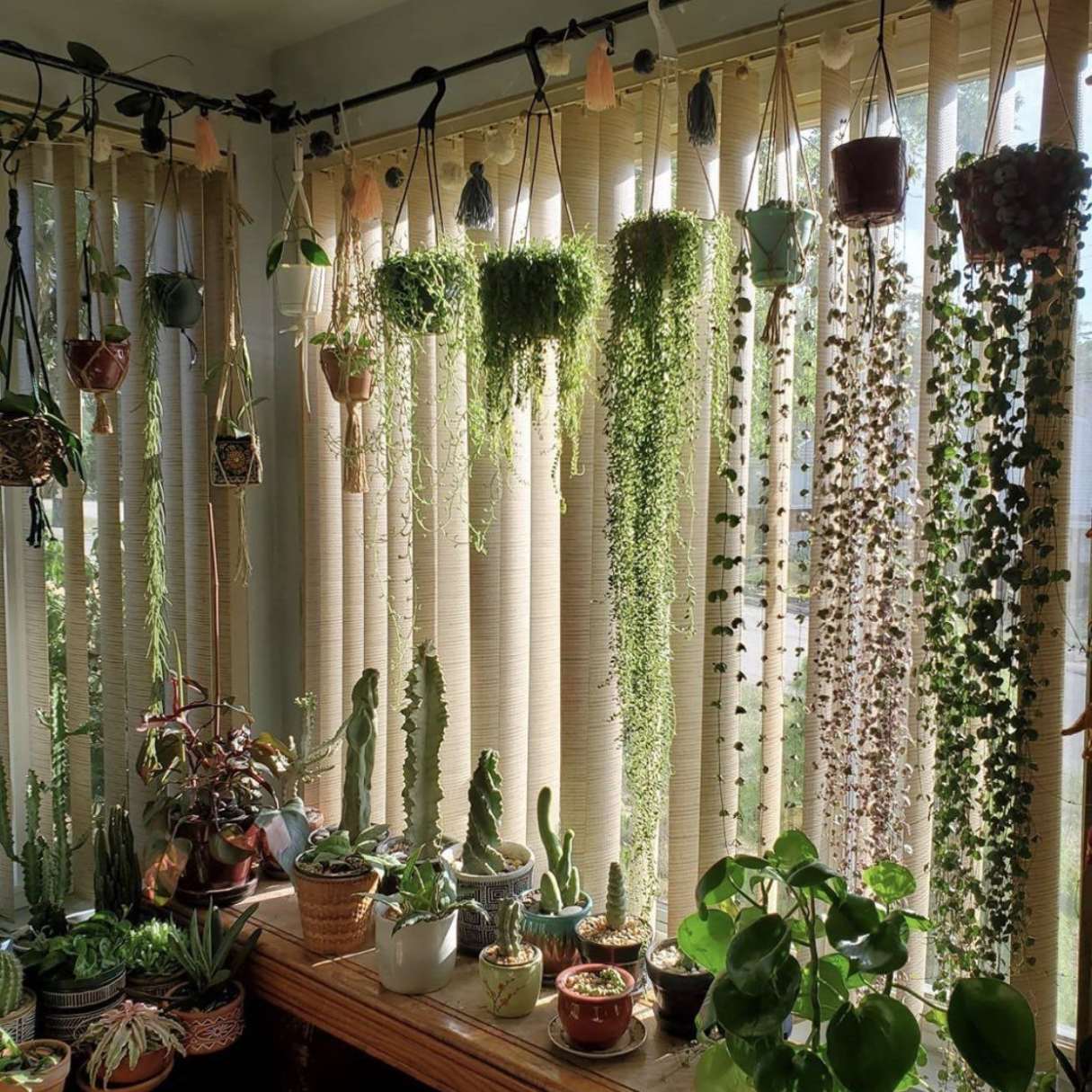
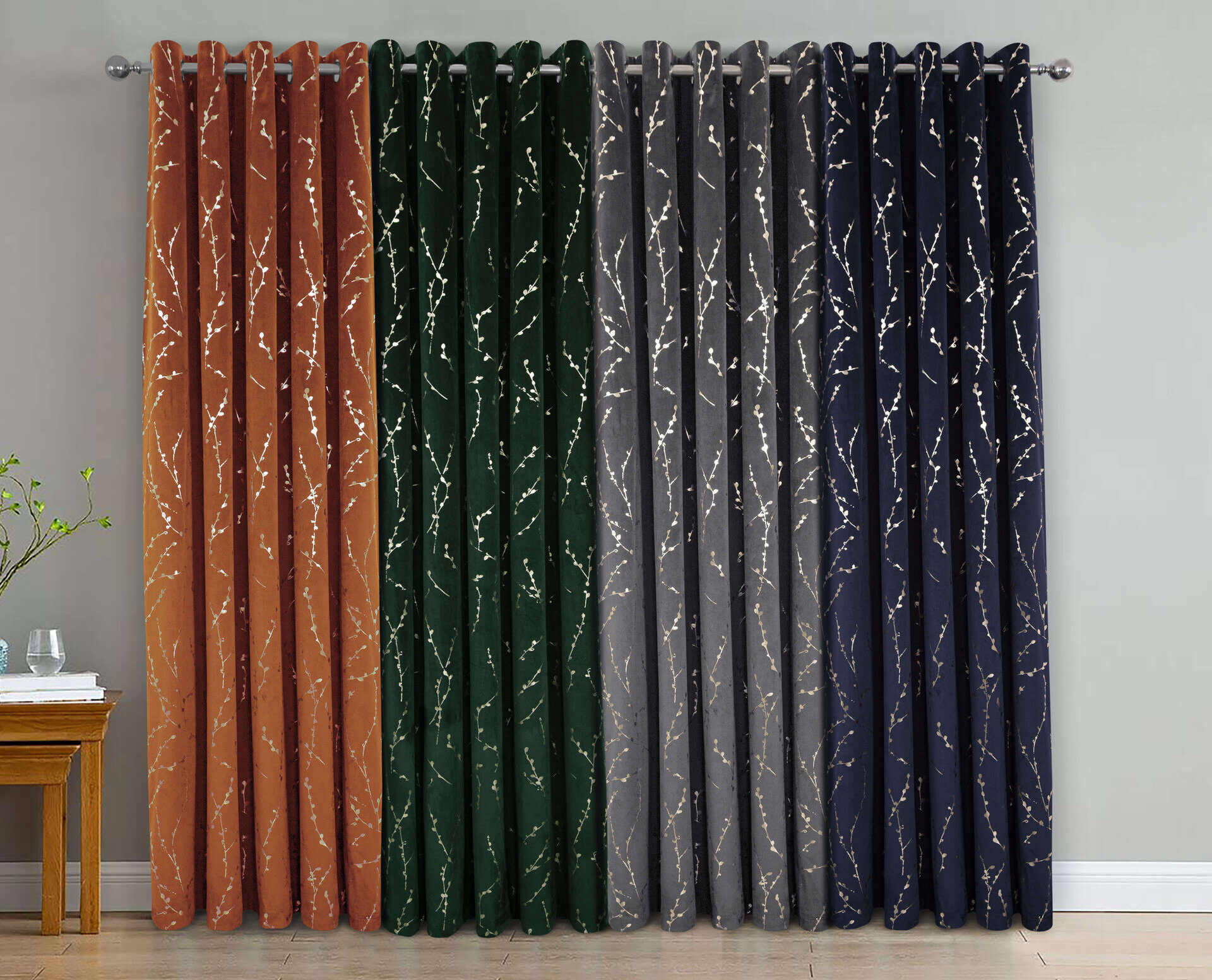

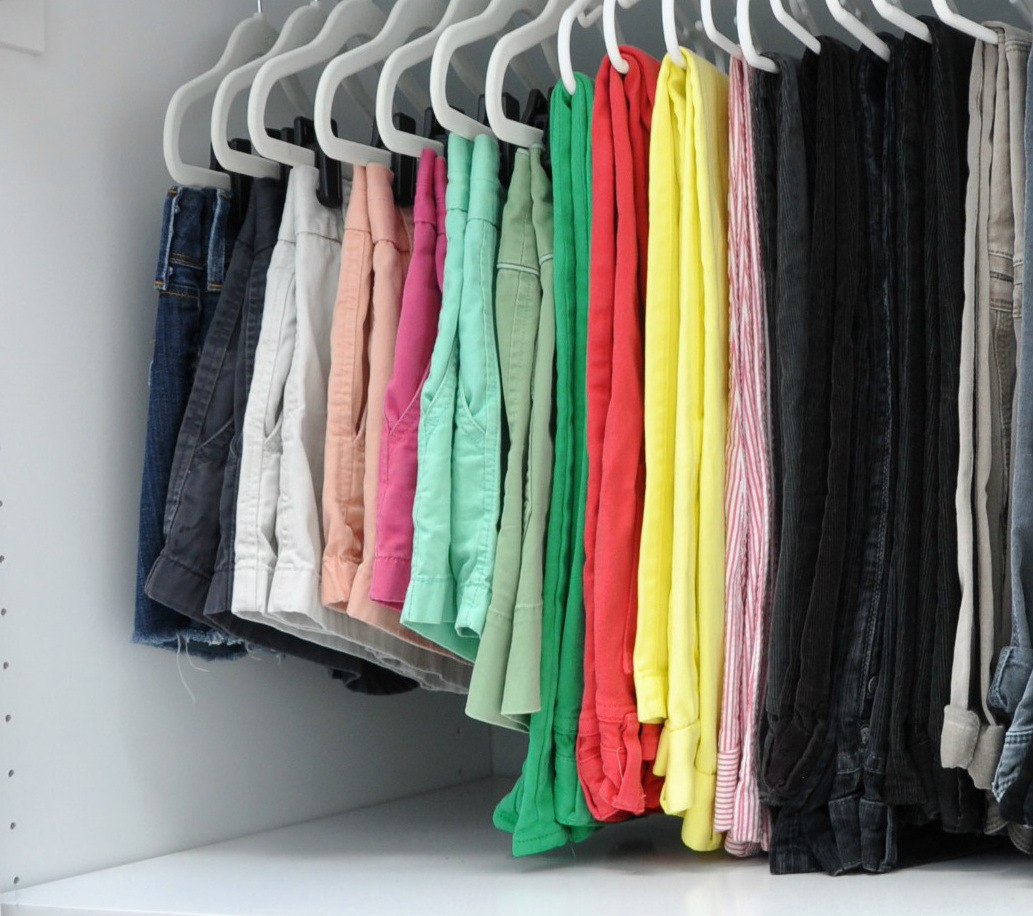
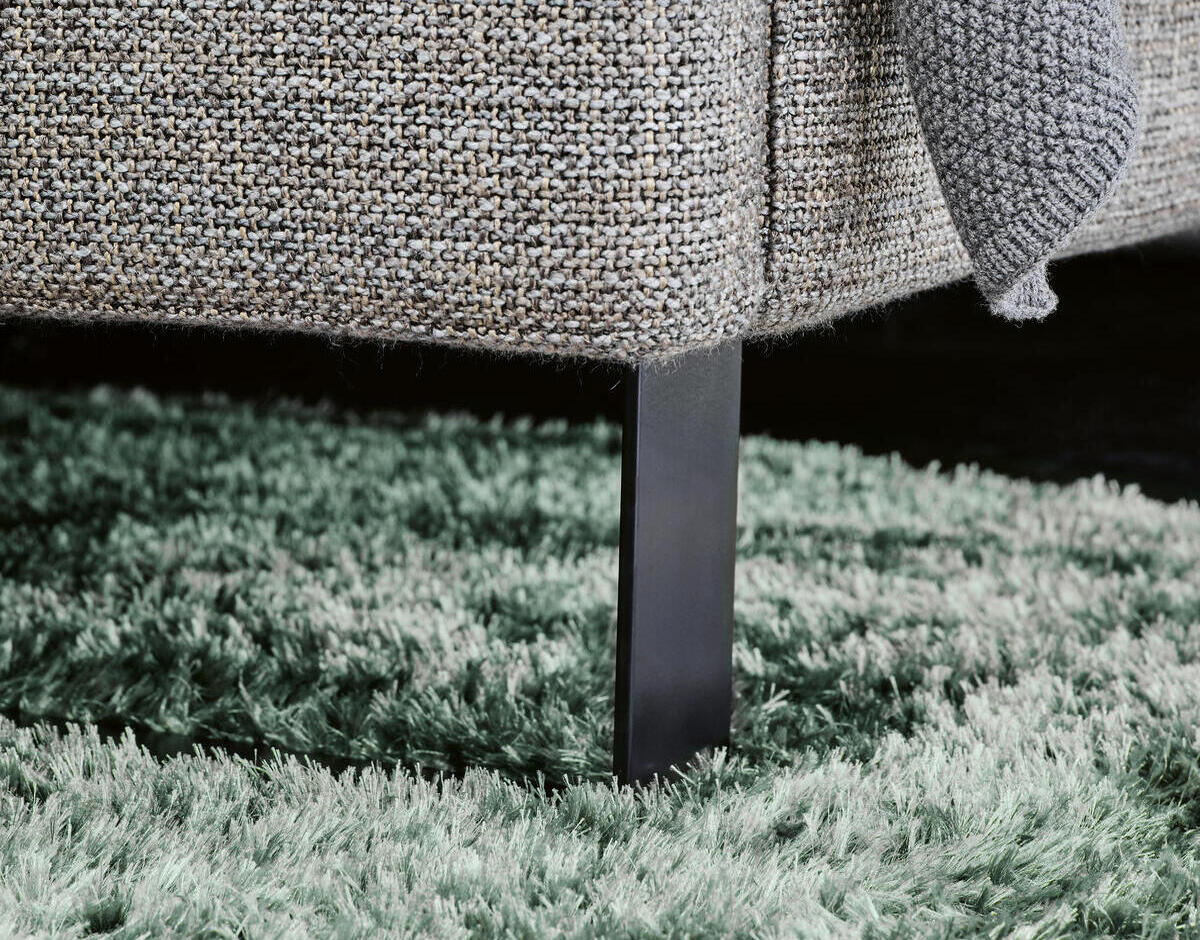
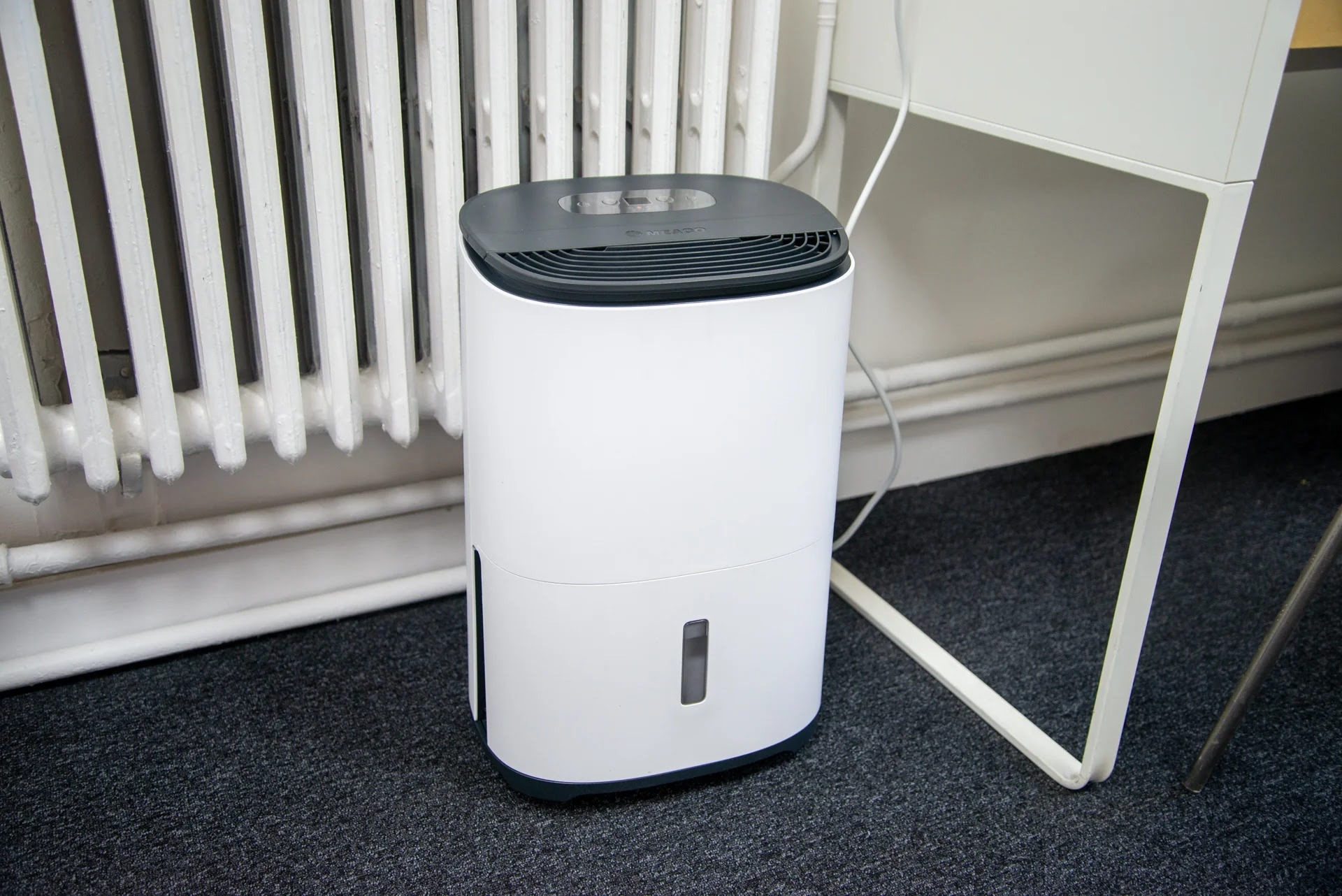
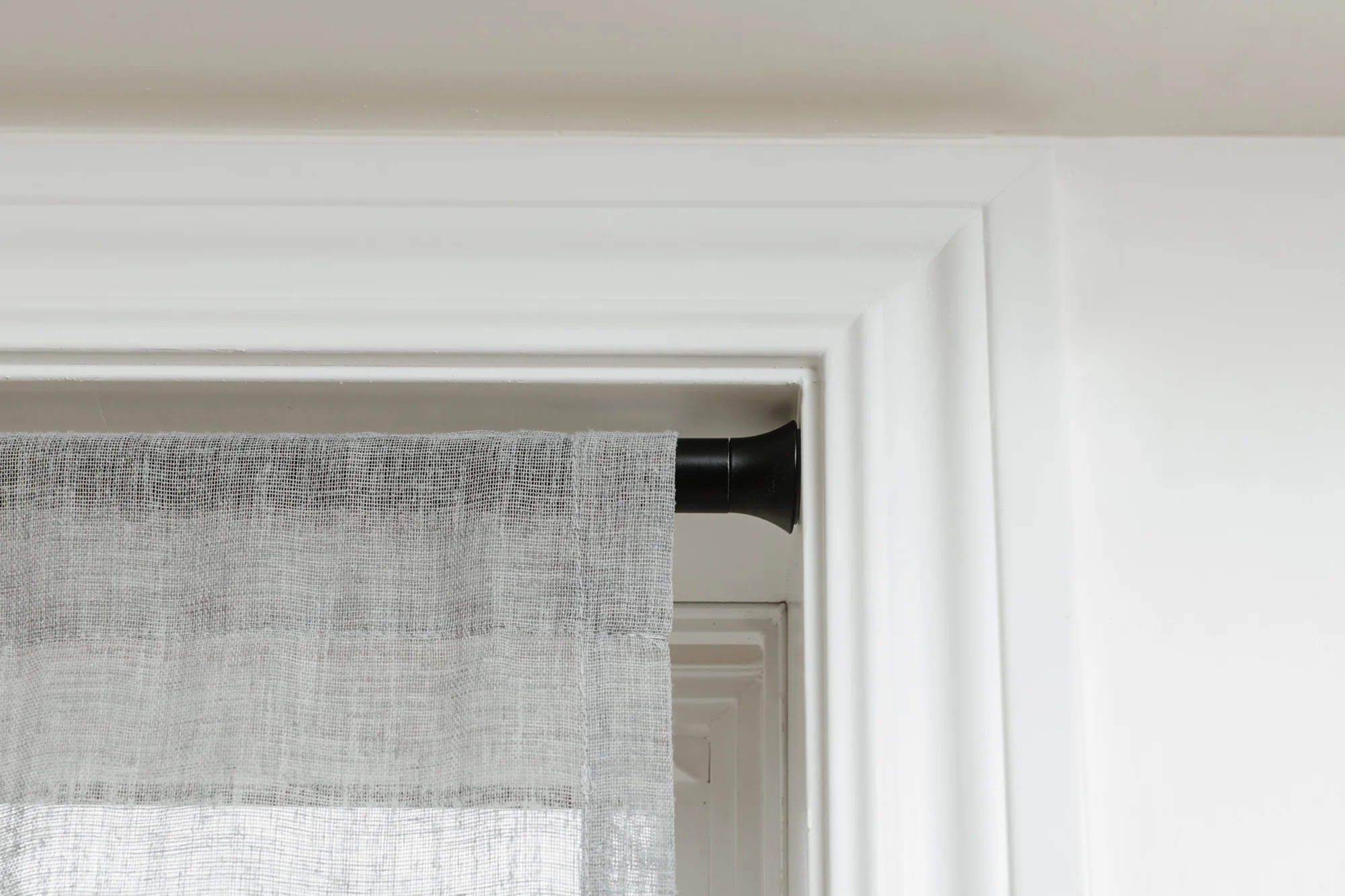

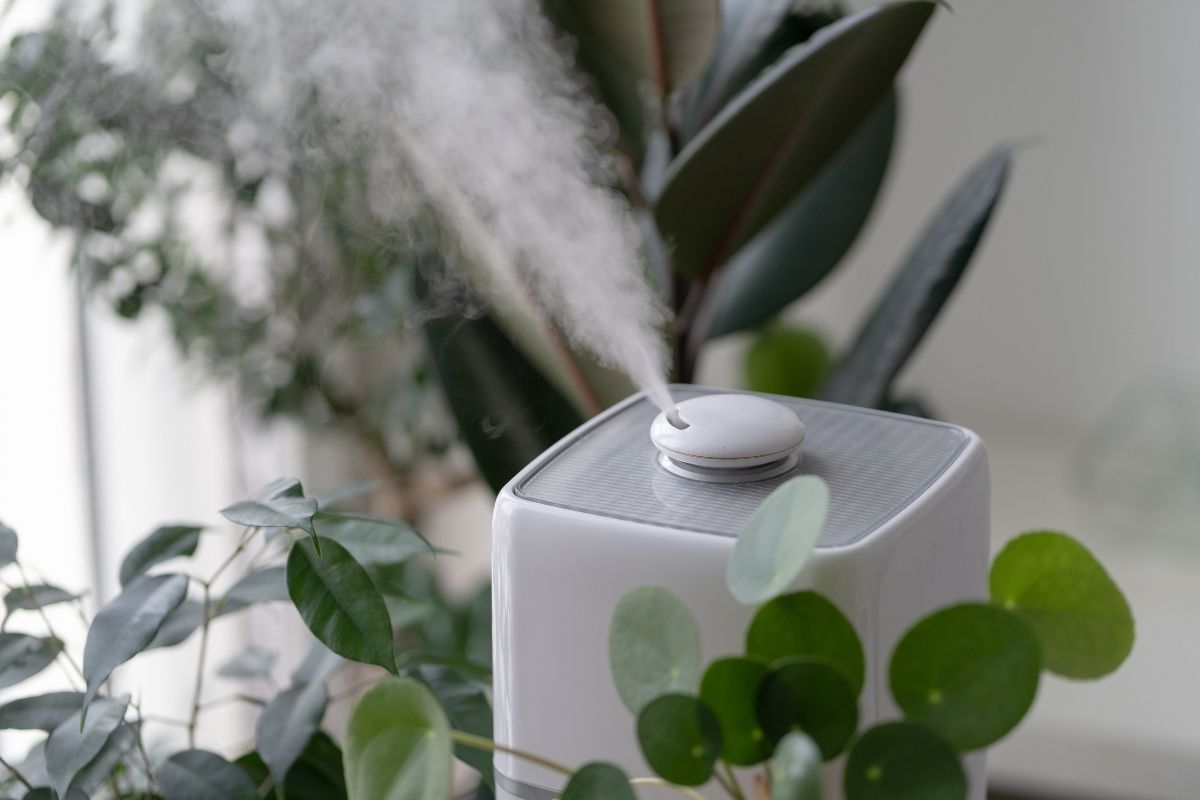

0 thoughts on “When To Use Short Curtains”